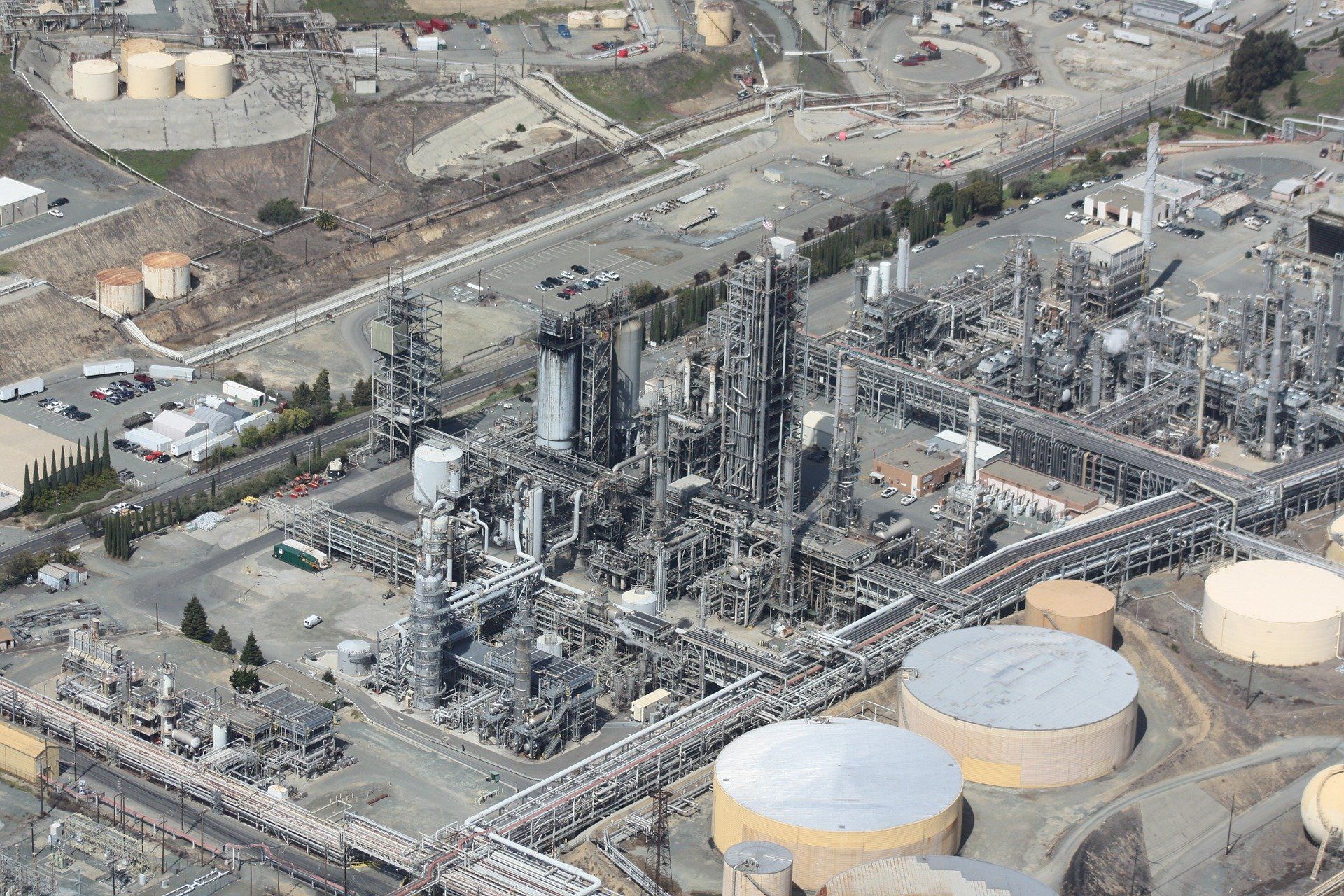1MG FlippingBooks
Oil glut sparks welcome fuel buy up
Elizabeth Gracie

The Federal Government has invested $94 million Australian dollars in the establishment of an Australian strategic fuel reserve, with the National Farmers Federation noting the investment gives farmers certainty for the future.
While Australia was already in the process of negotiating fuel storage in the United States through the latter's Strategic Petroleum Reserves (SPR), the current pandemic has highlighted the fragility of global trade and logistics in emergency events.
The new measures announced by energy minister Angus Taylor hint at the possible establishment of Australian reserves, calling for "the private sector to identify the best options for further strengthening fuel security in Australia."
Tony Mahar, chief executive, NFF, says, "Fuel is essential to allowing farmers to produce the food and fibre that keeps our nation running in a time of crisis such as the present.
“The strategic reserve will make Australia’s fuel supply more secure and resilient, thereby giving farmers certainty that they will not run dry."
Whilst the coronavirus pandemic has been one that has caused immense hardship, Mahar says that “this announcement is clear evidence of the Government’s commitment to ensuring Australian farmers have access to a reliable supply of fuel” in the efforts to bring fresh produce to supermarket shelves and keep it there.
“84% of on-farm energy use is diesel. Diesel is indispensable in everything from tractors to harvesters to irrigation pumps to refrigeration” Prudence Gordon, General Manager of Trade and Economics at the NFF said.
“The strategic reserve will make Australia’s fuel supply more secure and resilient, thereby giving farmers certainty that they will not run dry” Mahar also noted.
Gordon notes that the ability of farmers to produce food and fibre depends on them having access to affordable supplies of diesel, with the new fuel reserve providing “a level of security that did not previously exist”.
Whilst the coronavirus pandemic has been one that has caused immense hardship, Mahar says that “this announcement is clear evidence of the Government’s commitment to ensuring Australian farmers have access to a reliable supply of fuel” in the efforts to bring fresh produce to supermarket shelves and keep it there.
NEWS

Prodoz, a Proudly Australian and family-owned agribusiness, based in Melbourne, is strengthening its positions as national/international leader in advanced crop – science solutions through a growing portfolio of global innovation partners and a distribution footprint supported by all major distributors - includes Nutrien Ag, Elders, Lindsay Rural and Independent Rural stores.

Trace minerals are required for optimal growth, reproduction, and immunity. Optimising trace mineral status relying solely on oral supplements across a herd may fail because of variation in individual intake and reduced absorption due to antagonism of other ration components and minerals. The use of injectable trace mineral supplements has been associated with positive reproductive outcomes including improved conception rate, increased odds of pregnancy and greater final in calf rate. A study conducted on 2,168 dairy cows, administered injectable trace minerals, four weeks prior to calving and again four weeks prior to the start of mating showed treated animals had a 3.3 per cent greater final in-calf rate, and a reduced time from start of mating to conception, compared to control animals 1 . The Importance of B12 Dr Carl Eden, Technical Services Veterinarian with Boehringer Ingelheim says “Vitamin B12 is sometimes referred to as a ‘super vitamin’ because it is only required in very small amounts but vital to many essential metabolic pathways. However, demand for B12 can vary considerably during the year and we see serum levels of B12 fall at critical times, such as the first few months after calving.” Vitamin B12 contains cobalt, so deficiency in cobalt can lead to deficiency in vitamin B12 because ruminants get most of their B12 as a byproduct of ruminal fermentation where the bacteria in their rumen assemble B12 from cobalt for use by the cow. Sub-optimal trace mineral and vitamin B12 status at calving, mating, and drying off has been shown to negatively impact growth, reproduction, and immunity. Using a trace mineral injectable containing vitamin B12 can improve trace mineral and vitamin B12 status at these critical times. Marks-Min with Vitamin B12 – The Evidence In the largest trace element study to date, Marks-Min Injectable Trace Mineral with Vitamin B12 demonstrated remarkable results when compared to a reference trace mineral injection. “Given the differences between Marks-Min and other products on the market, we wanted to generate a compelling data set to demonstrate how effective it was compared to the pioneer product. We entrusted this work to a third-party research company” says Dr Eden. “We chose farms that were at the top of their game from a reproductive perspective. We made sure that the farms had no evidence of trace element or vitamin B12 deficiencies or excess.” Across all outcomes of interest, Marks-Min demonstrated clear non-inferiority when compared to the reference product. Outcomes measured included submission, pregnancy and conception rates, and six week in-calf rate. Marks-Min demonstrated it is highly suited as an alternative treatment to the reference product. Reference: 1. Hawkins, D., and B. V. S. Franklin. New Zealand Dairy Veterinarians Newsletter 24 (2007): 12-16 Company website: livestockfirst.com.au Company email address: CustomerCare.Australia@boehringer-ingelheim.com Company video: https://vimeo.com/1138807630?fl=pl&fe=cm














